Children
Child labour around the world has reduced by about one third in the last decade, the International Labour Organization (ILO) has said.
These revelations were made ahead of the World Day against Child Labour which will be observed on June 12.
Today at #ILC2016: World Day Against #ChildLabour event.
Watch live: https://t.co/Orh2St5t8w pic.twitter.com/fHj6bXtgW7— ILO (@ilo) June 8, 2016
According to reports, over 160 million children are at risk or enslaved in forced labour. This has been heightened by crisis and conflict around the world.
this week the ILO said that international standards now in place have reduced child labour by about one third in the last decade, and that now, employers and businesses commonly expect to eliminate child labour from their supply chains.
“From enterprises, we need a clear message of zero tolerance of child labour; they need to know what is happening in their supply chains and to back that up with action in their business practices and dealings with suppliers,” said Guy Rider, the Director General of ILO.
The ILO and the International Organisation of Employers (IOE) have created the child labour guidance tool for companies to increase their knowledge and ability to conduct business in line with international labour standards on child labour.
Philip Jennings, General Secretary of UNI Global Union said, “If a business can sub-contract its tax affairs to some remote destination there is no excuse whilst they can’t discover in their supply chains where their suppliers are using child labour. The time for excuses is over. The political winds have changed. We have the Ruggie principles in place. We have OECD guidelines in place. We have the conversation here at the ILO on the supply chain. And we simply don’t buy the argument that it’s all the fault of government.”
Despite the decline in child labour, Asia and the Pacific still have the largest number. Nevertheless, Sub-Saharan Africa continues to be the region with the highest incidence of child labour.
Statistics indicate that Agriculture remains by far the most important sector where child labourers can be found.








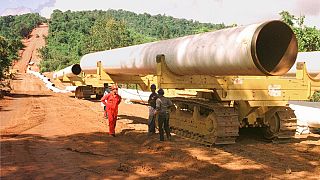
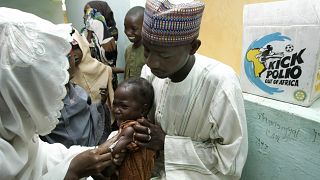
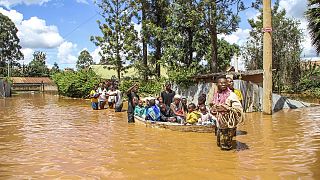
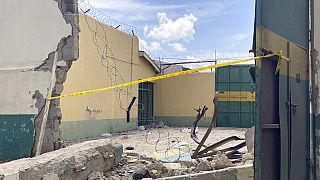
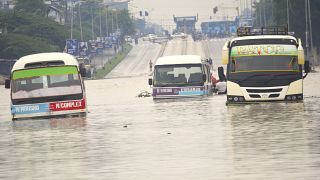

Go to video
South Africa ; Gauteng Health raises concerns about rising food poisoning incidents
02:20
Senegal: In some classrooms, deaf and hard-of-hearing pupils now study alongside everyone else
01:56
Education, child safety under threat in Haiti
Go to video
Schools to reopen in South Sudan after two weeks of extreme heat
Go to video
Over 130 abducted schoolchildren in Nigeria's northwest rescued after weeks in captivity
01:22
Record of children who died before their fifth birthday drops to 4.9m – UN report